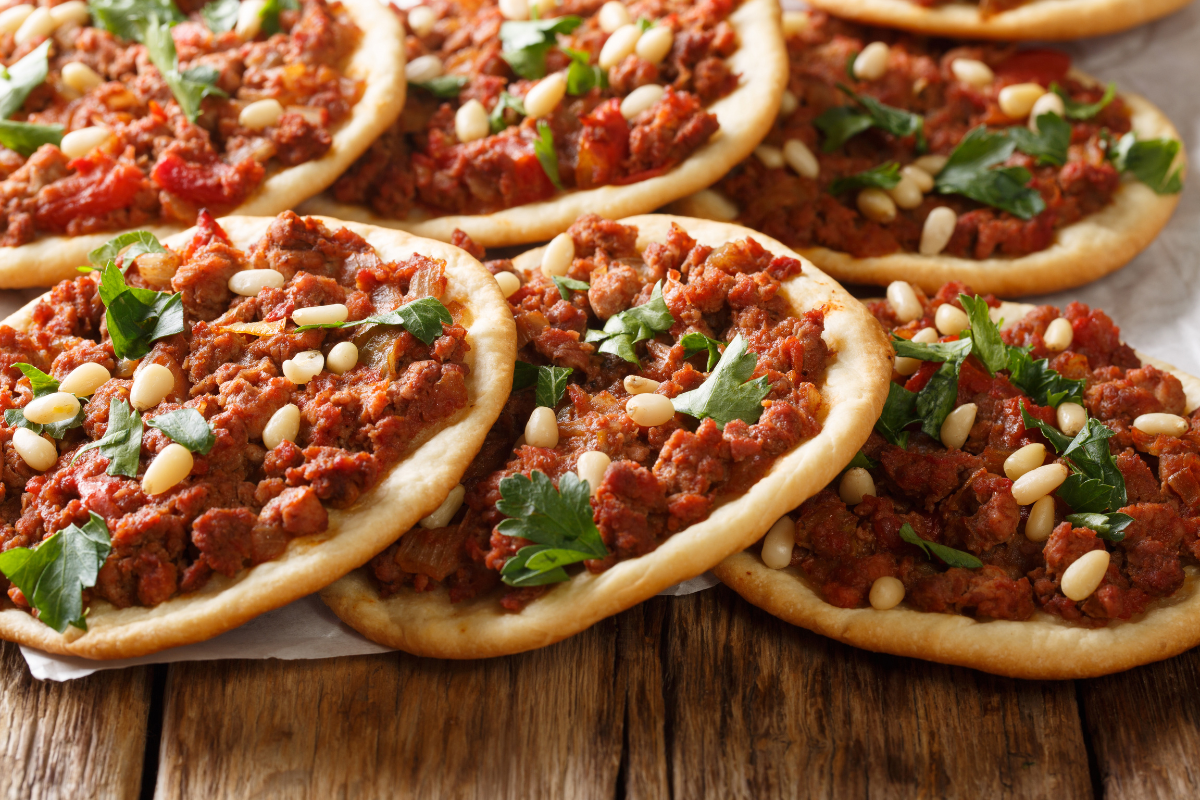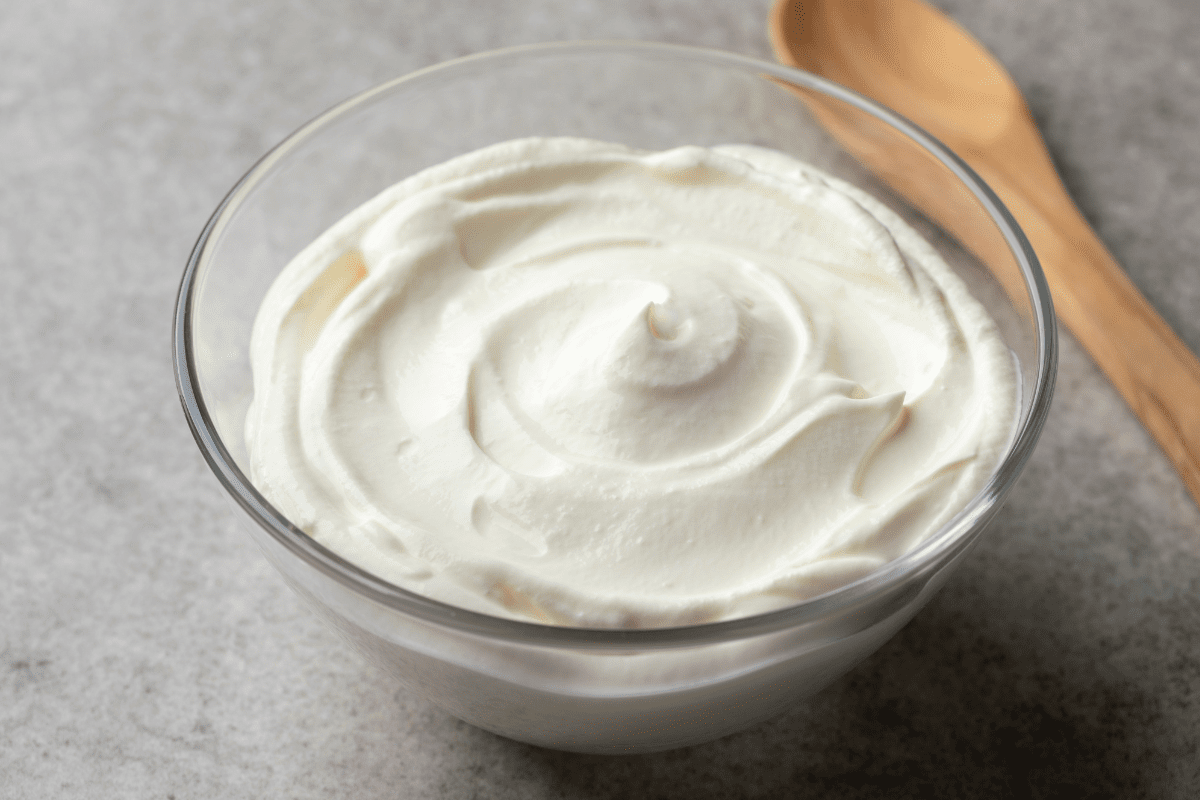With over 7 million citizens claiming Lebanese heritage, it is no surprise that many of Lebanon’s traditional dishes are popular among Brazilians. One particular favorite is esfiha, or Lebanese meat pies. These are a bakery staple and also very popular at parties. They can be eaten any time of day and with a variety of fillings.
Esfiha in Brazil
Esfiha meat pies or, traditionally, sfiha, are found not only in traditional Lebanese cuisine, but also other countries of what is known as the Levantine Region of the Middle East. This includes Syria, Palestine, Israel, Jordan, and most of Turkey.
The traditional Lebanese meat pie dish incorporates ground mutton or lamb stewed with various spices eaten on top of flatbread. Flatbreads are an integral part of Levantine cuisine, with the earliest versions being attributed to the area. Bread crumbs found near the Black Desert in Jordan were dated to 12,400 BC, with analysis showing they were likely used to make a kind of flatbread. Evidence of ancient flatbread consumption has also been found in Egypt, Iraq, and Pakistan.
Flatbread is so-called because it traditionally used no leavening agent, such as yeast, to help it rise. However, modern recipes often call for the use of yeast or baking powder, and Brazilian esfihas are kneaded and left to rise in much the same way as pizza dough.
Manakish vs Lebanese Meat Pies
The esfiha meat pies are quite similar to another Lebanese favorite: manakish (or manousheh, in the singular). Manakish is often called “Lebanese pizza,” since it involves a flatbread base that is finished with a variety of toppings. The toppings can include za’atar spice mix, olives, cheese, meat, pickles, and yogurt, among other things.
So what is the difference between Lebanese meat pies and Lebanese pizza? Well, in most cases, esfiha is considered a kind of manousheh. The term is simply used to describe a manousheh topped with minced lamb.
What Meat to Use in Lebanese Meat Pies
Again, the traditional meat of choice for Lebanese meat pies is minced lamb. However, lamb can easily be substituted for lean ground beef, which takes on the earthy spices nearly as well.
If you are looking for a vegetarian alternative, you can make a mixture of diced eggplant and chickpeas stewed with the same spices and herbs as the remainder of the recipe.
Lebanese Meat Pie Recipe with Beef
Ingredients:
For the flat bread:
- 3 cups all purpose flour
- 8 oz lukewarm water
- 0.25 oz active dry yeast (one packet)
- ½ tsp salt
- 2 tsp sugar
- 2 oz extra virgin olive oil
For the Beef Topping:
- Extra virgin olive oil
- 1 lbs lean ground beef
- ½ yellow onion, diced
- 1 can diced, stewed tomatoes
- 2 garlic cloves, minced
- 1 tsp salt
- Freshly ground black pepper
- 1 tsp ground sumac
- ¼ tsp cinnamon
- ½ tsp cumin
- ½ tsp ground coriander
- Pinch of ground cloves
Directions:
- In a small bowl, mix together the active dry yeast, 2 tsp sugar, and water. In another bowl, add the flour and salt. When the yeast mixture is bubbling (in about 5 minutes or so), pour it into the flour and salt mixture and mix to combine.
- Now, pour in the olive oil and knead it into the dough with your hands. The mixture should be smooth and a little sticky, but not enough for any to come off on your hands.
- Cover the dough and set it aside in a warm spot. Let it rise for at least one hour, preferably 90 minutes.
- Meanwhile, make your beef topping. Heat a skillet over medium heat and add in a drizzle of olive oil. Add in your yellow onion and cook until it is fragrant and translucent (about 2 minutes).
- Add in the ground beef and minced garlic. Cook until the ground beef is browned through.
- Now, add in your stewed tomatoes and all the spices.
- Preheat the oven to 425 degrees fahrenheit.
- When the dough has risen to twice its size, punch it down and divide it into around ten or so equal portions and roll these into balls. Note: if you want bigger or smaller esfihas, you can portion accordingly.
- Flatten your dough balls to 4” discs, hollowing out the centers a little more than the edges to hold in the filling. You can also use the bottom of a glass to punch down the centers, leaving a crust around the edges.
- Spoon equal amounts of your beef filling into each flatbread, pressing it flat and even.
- Line a baking tray with parchment paper or foil. Place your Lebanese meat pies an inch or so apart on the tray and bake until golden brown, around 20 minutes.
- Garnish with a dollop of plain yogurt , toasted pine nuts, and fresh parsley or mint.


